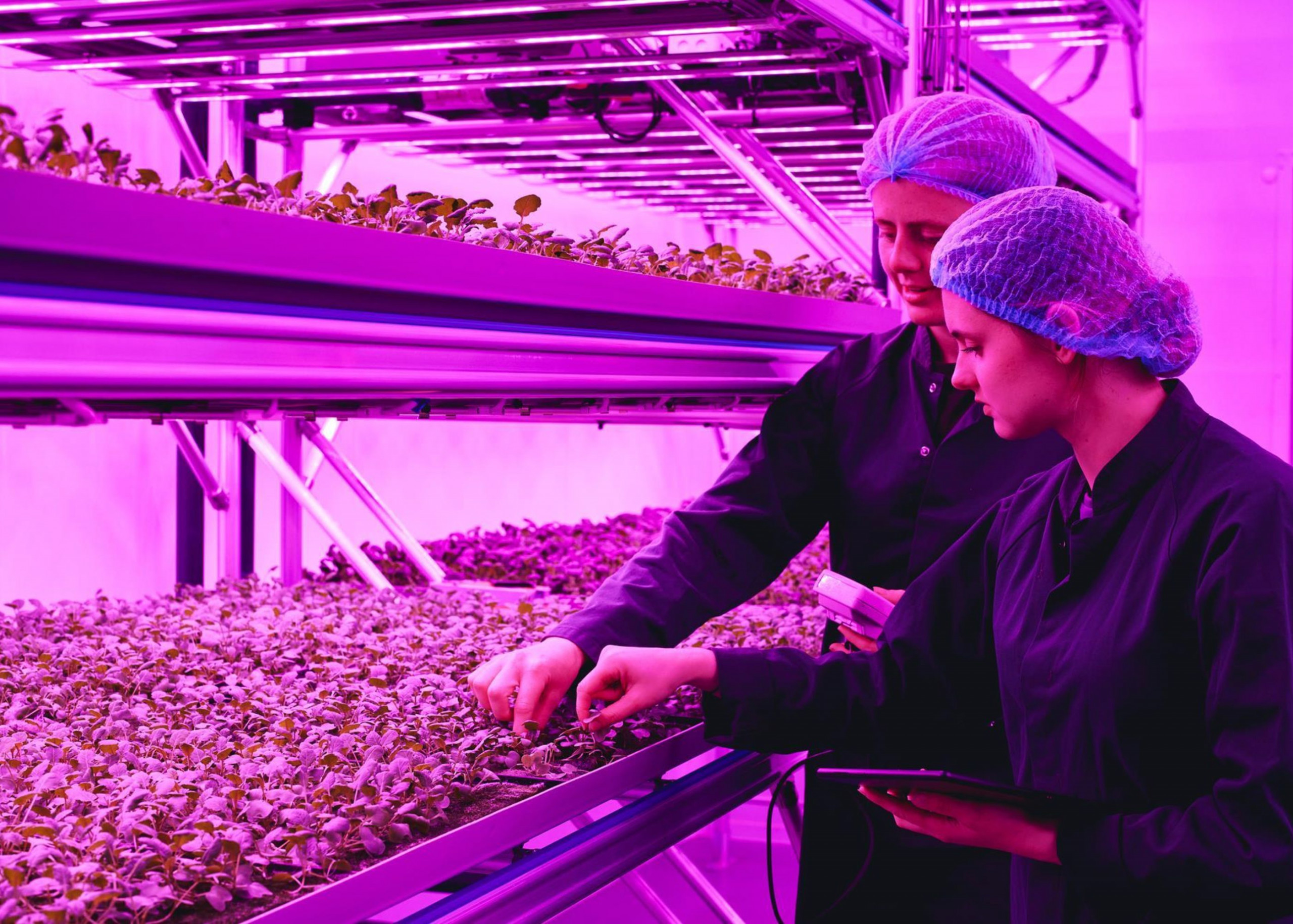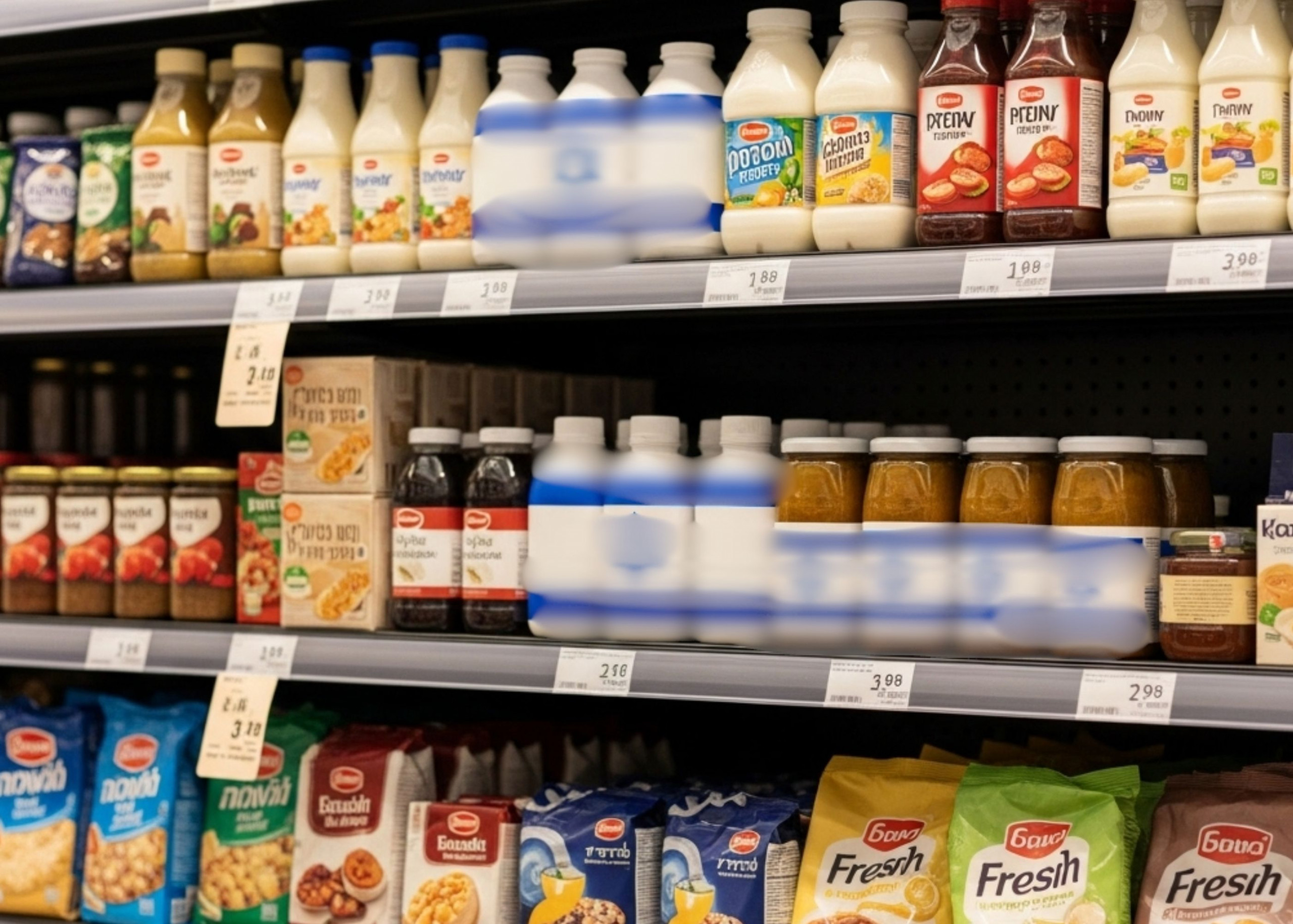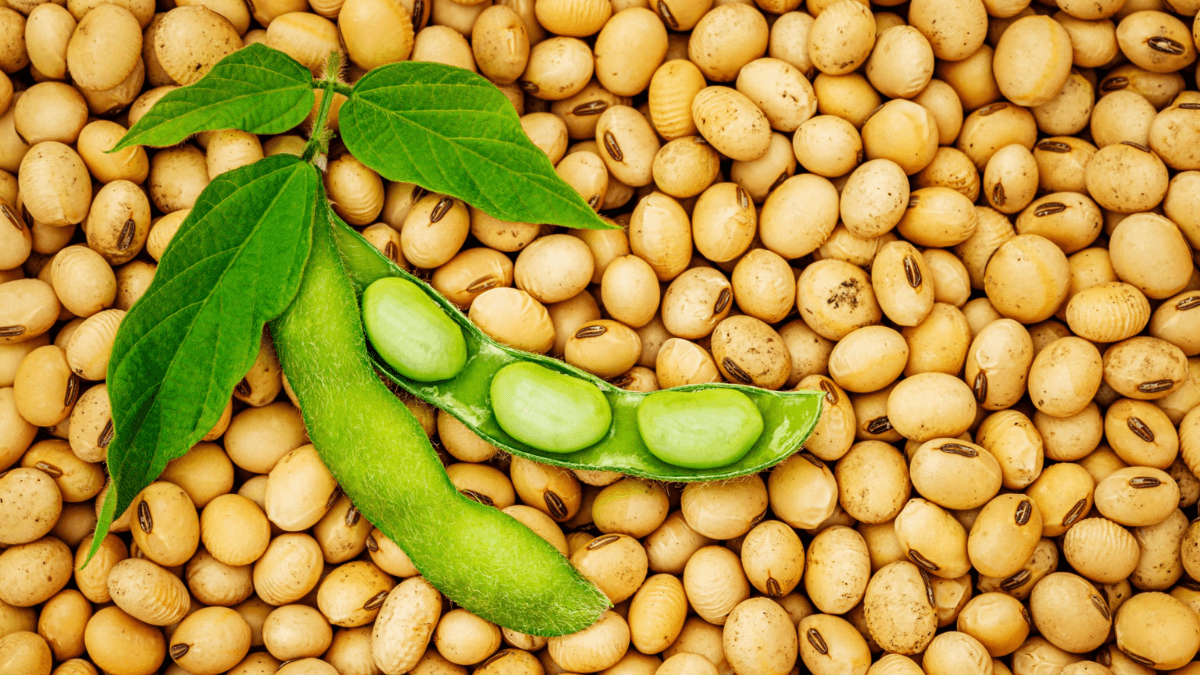News in brief:
– Food prices in Nigeria have been falling steadily since 2025, with notable drops in staples like rice, beans, and garri.
– Surprisingly, some urban areas now have cheaper food than rural regions, thanks to better logistics, bulk buying, and higher market competition.
Data from the National Bureau of Statistics (NBS) reveals that the prices of common food items in Nigeria have been falling in 2025.
According to its food price tracker, which currently monitors 10 staple food items, there has been a consistent downward trend from December 2024 through the end of April 2025.
For instance, the price of soya beans spiked slightly in January but has since dropped to around ₦1,599—down from ₦1,699 at the close of 2024. Similar price drops have been observed in other key staples such as garri, yam, rice, beans, maize, and sorghum.
Interestingly, the data also reveals an unexpected trend: in some cases, food is now cheaper in urban areas than in rural ones—an unusual reversal of the typical pricing pattern.
For example, the price of imported rice in urban areas dropped from ₦2,468 in December 2024 to ₦2,389 in April 2025. In contrast, rural areas saw an increase over the same period, from ₦2,434 to ₦2,498. A similar pattern was observed with local rice, where urban prices declined by over 8%, while rural prices dropped by only 2.6%.
Although staples like yam and garri still tend to be cheaper in rural areas overall, the rate of price reduction during the period under review still favours urban consumers.
While it’s commonly assumed that food should be cheaper in rural areas where it’s grown, urban centres can sometimes offer lower prices due to several economic and logistical advantages.
Urban supermarkets and wholesalers often buy in bulk, significantly reducing per-unit costs. Cities also benefit from extensive logistics networks, which allow for more efficient distribution and less spoilage due to better roads, storage facilities, refrigeration, and transport systems.
Moreover, the high level of competition among retailers—supermarkets, markets, and online platforms—helps to keep urban prices down. These sellers frequently run discounts and promotions, which are less common in rural areas.
Urban centres are also typically closer to ports and food processing hubs, reducing transportation and handling costs for imported or packaged goods.
Additionally, urban consumers increasingly use digital payment systems, streamlining transactions and enhancing market efficiency. In contrast, rural farmers often rely on middlemen who apply markups, inflating final prices.
There have been documented cases where onions grown in Sokoto cost more in nearby rural towns than in Lagos, due to poor rural infrastructure, limited storage facilities, and low market competition. Meanwhile, Lagos benefits from large-scale logistics operations and a highly competitive retail environment.



